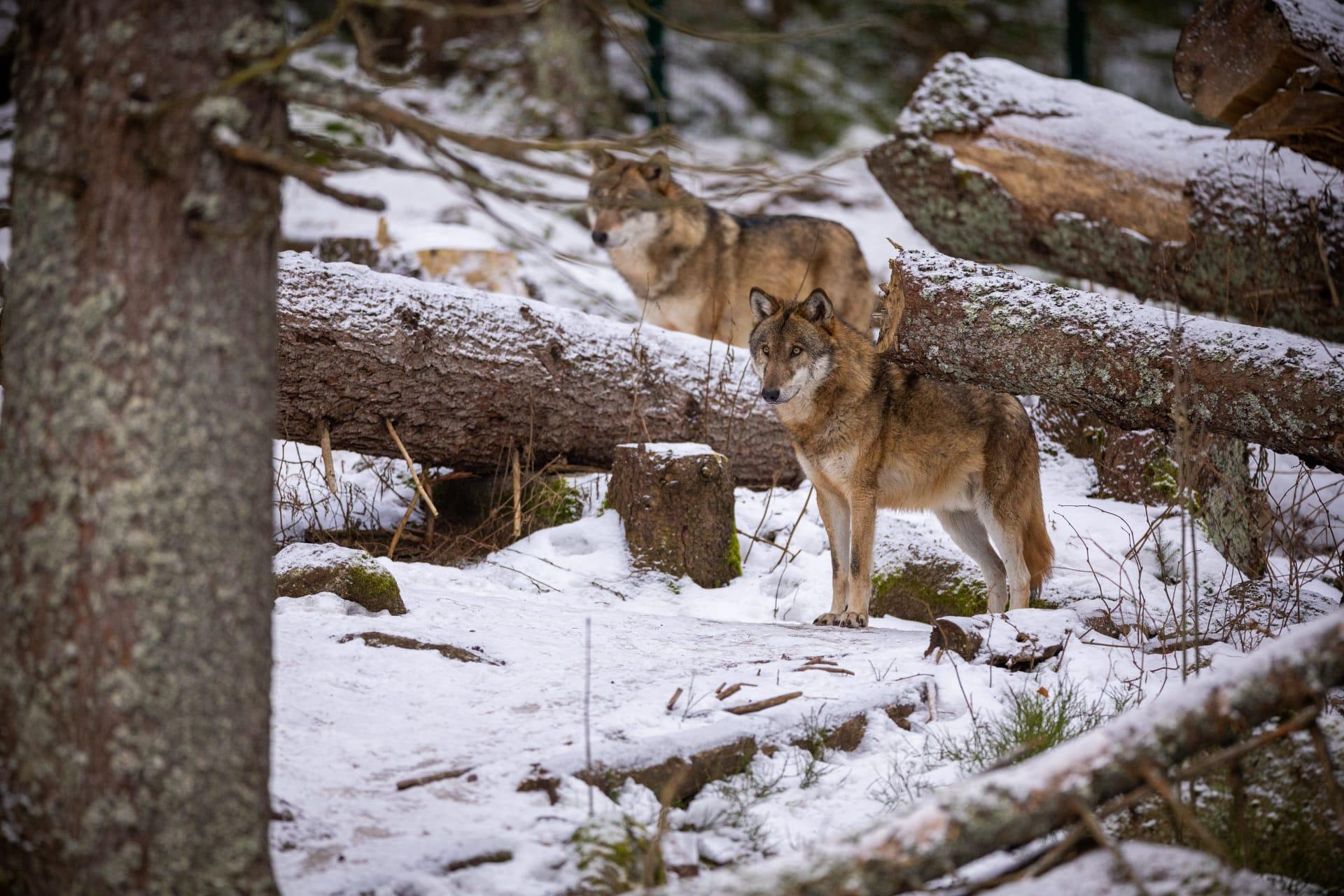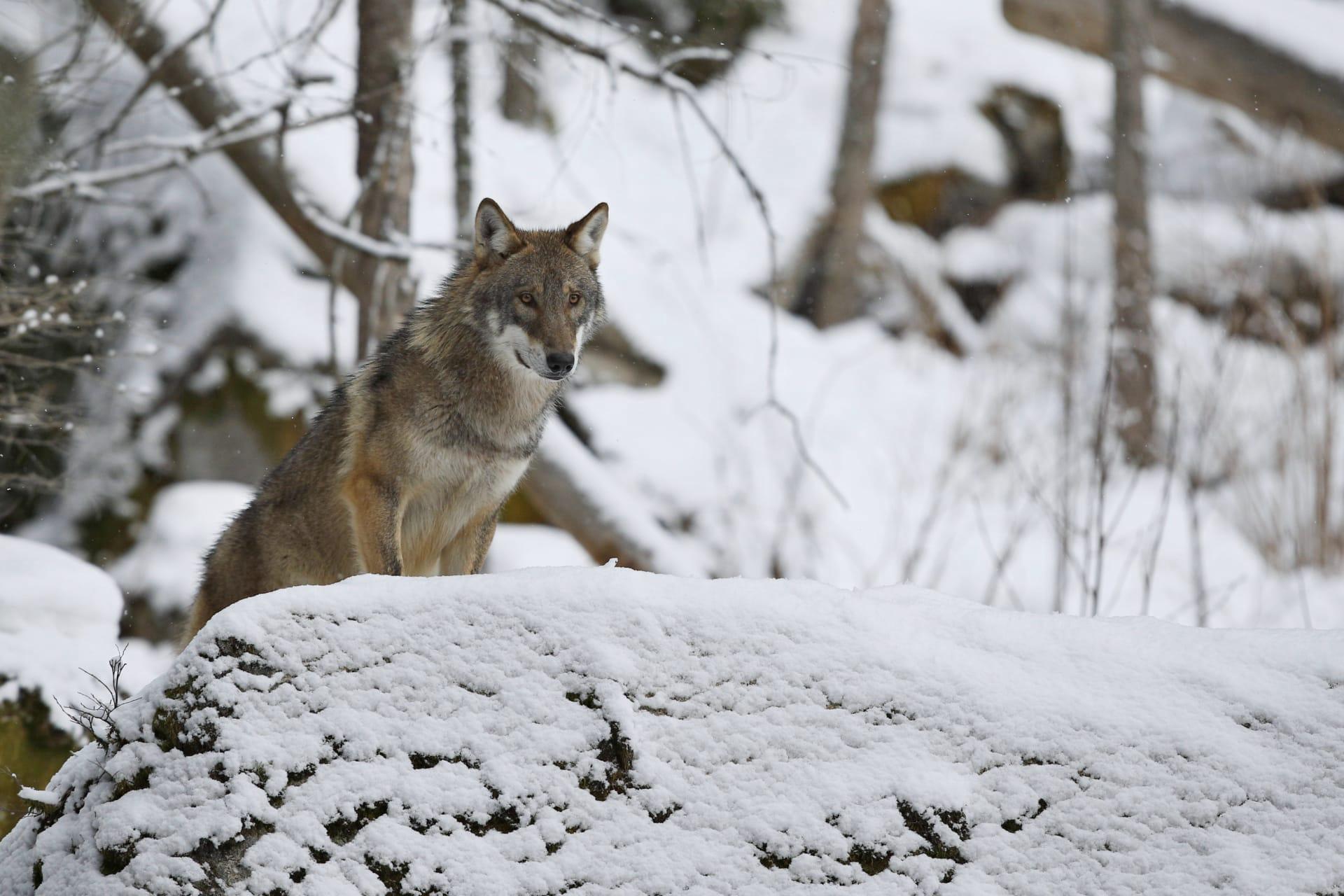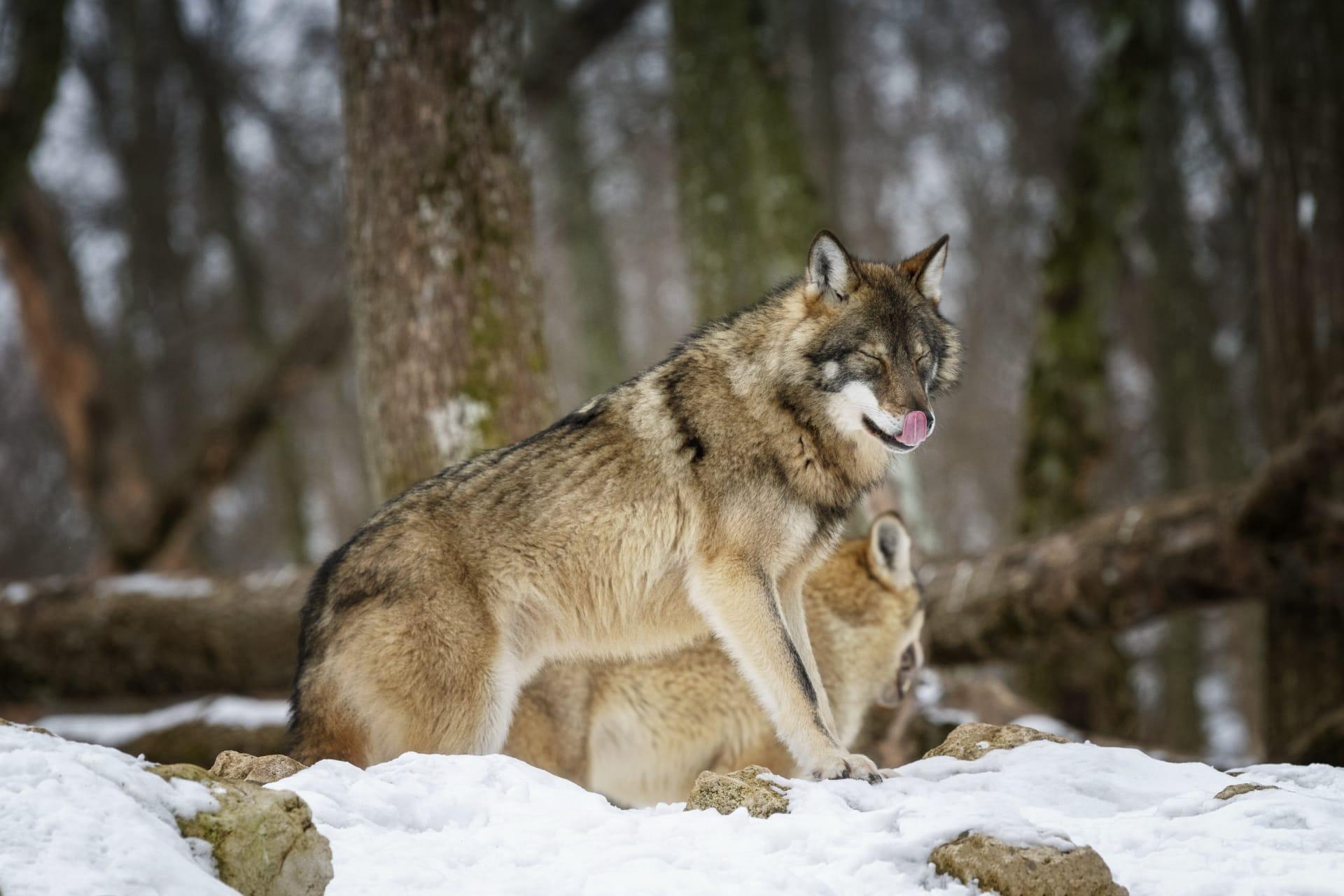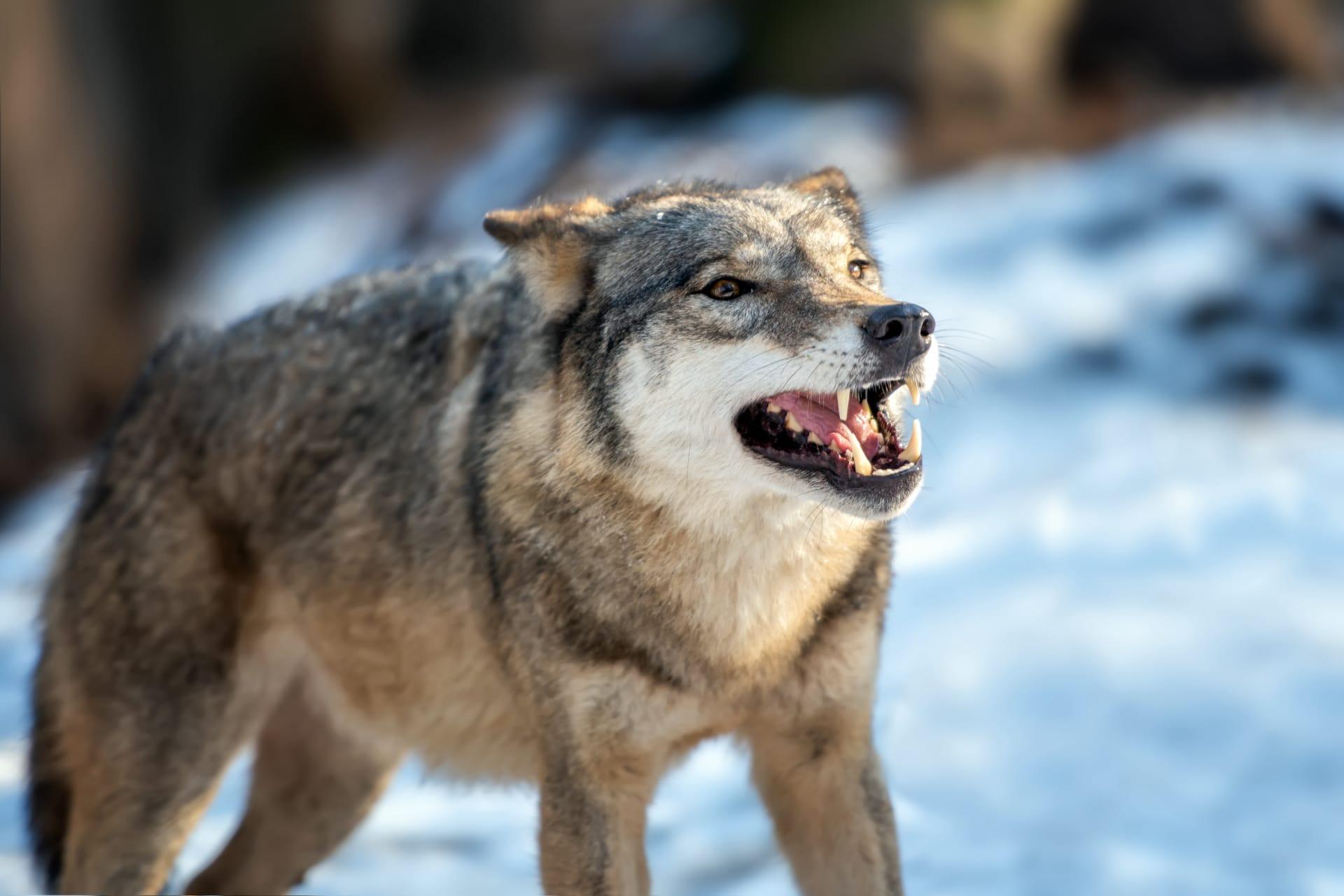Wolf Characteristics
- Home /
- Mini Encyclopedia /
- Animal /
- Wolf Characteristics
1
Wolves, fascinating creatures of the wild, boast a range of physical characteristics that are both intriguing and formidable. An adult wolf typically measures around 4 to 6.5 feet in length, including its robust tail, and stands at about 26 to 32 inches at the shoulder. As for weight, it varies significantly based on species and habitat, ranging from 40 to 175 pounds. The lifespan of wolves in the wild is generally 6 to 8 years, though some may live up to 13 years. Among their most remarkable physical traits is their dense fur coat, which consists of two layers. The outer layer repels water and dirt, while the inner layer provides insulation, crucial for surviving in diverse and often harsh climates.
One of the wolf's most distinctive organs is its nose. A wolf's sense of smell is incredibly acute, estimated to be 100 times more sensitive than a human's. This extraordinary olfactory ability enables wolves to track prey, communicate with fellow pack members, and sense territorial markers over great distances. Their noses are adept at detecting odors even under snow and can pick up a scent from as far as 1.75 miles away under ideal conditions. This keen sense of smell plays a crucial role in their hunting strategy, social structure, and overall survival in the wild.

2
Question: Can wolves really howl at the moon?
Answer: The iconic image of a wolf howling at the moon is more a myth than reality. Wolves do not howl at the moon. They howl to communicate with other wolves. Howling helps pack members keep in touch, allowing them to effectively communicate over large distances. In dense forests, a howl can carry for about 6 to 10 miles. Wolves' howls serve various purposes: calling the pack together, signaling a hunt is about to begin, warning other wolves away from their territory, or even as a social bonding tool within the pack. The pitch and tone of a howl can convey different messages, making it a complex form of communication in the wolf world.

3
Wolves are renowned for their exceptional endurance and agility. They can maintain a steady trot of 5 miles per hour for hours on end, and in short bursts, they can sprint at speeds of up to 35 to 40 miles per hour. This stamina is crucial for their hunting strategy, which often involves long pursuits to wear down prey. Wolves are capable of covering vast distances, sometimes up to 30 miles in a single day, which is vital for tracking prey and patrolling their large territories that can span up to 1,000 square miles.
As apex predators, wolves exhibit impressive hunting skills. They primarily hunt large ungulates like deer, elk, and moose. Hunting is a group effort, where the pack works in unison, utilizing their endurance, speed, and strategic planning. Wolves often target the weakest or most vulnerable individual in a prey herd. Once a target is selected, they work together to isolate and encircle it, using coordinated attacks and tactical maneuvers. This pack hunting method is highly efficient, making wolves successful hunters with a crucial role in maintaining the ecological balance of their habitats.

4
The habitat of wolves is diverse, ranging from the Arctic tundra to woodlands, forests, grasslands, and deserts. They are incredibly adaptable and can thrive in a variety of environments as long as they have access to prey. The largest populations are found in Canada, Alaska, Northern Europe, and Russia. Wolves are territorial animals, and each pack has its own territory, which they defend fiercely against other wolves.
Wolf reproduction is a significant aspect of their social structure. In a wolf pack, typically only the alpha male and female breed, reinforcing the pack's hierarchical system. Mating season occurs once a year, from late January through March. After a gestation period of about 63 days, the female gives birth to a litter of 4 to 6 pups. These pups are born blind and deaf, completely dependent on the pack for protection and sustenance. The entire pack plays a role in raising and training the pups, teaching them the intricacies of pack life and hunting techniques.

5
Book: "The Hidden Life of Wolves" by Jim and Jamie Dutcher. This book offers a unique and intimate glimpse into the world of wolves. The Dutchers, renowned for their wildlife documentaries, spent six years living alongside a wolf pack in the Idaho wilderness. Published in the United States in 2013, their book combines personal anecdotes with scientific insights, providing an enlightening and heartfelt exploration of wolf behavior, social dynamics, and the challenges wolves face in the modern world.
Book: "Of Wolves and Men" by Barry Lopez. A classic in wildlife literature, this book delves into the complex relationship between humans and wolves. Published in 1978 in the United States, Lopez blends history, anthropology, and personal narrative to explore the myriad ways in which wolves have been revered, feared, and misunderstood throughout human history. His compelling storytelling weaves together scientific facts with cultural perspectives, offering a thoughtful and profound reflection on our connection with these enigmatic creatures.